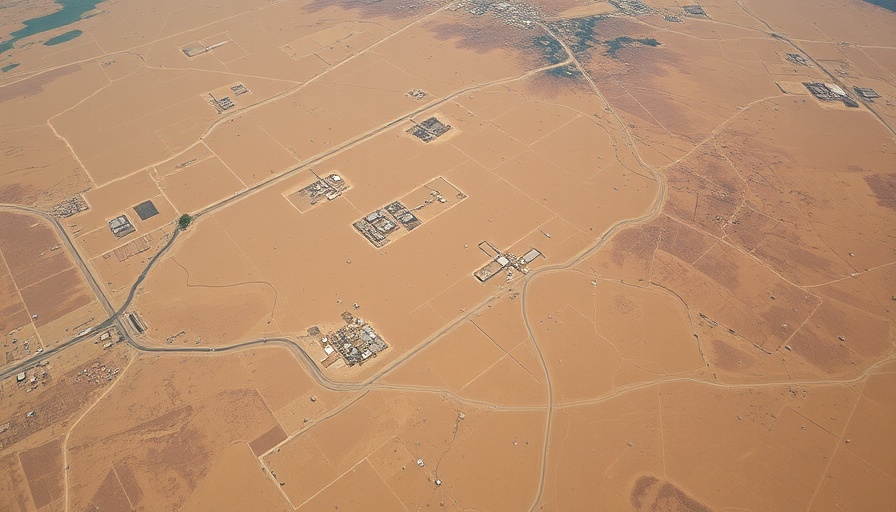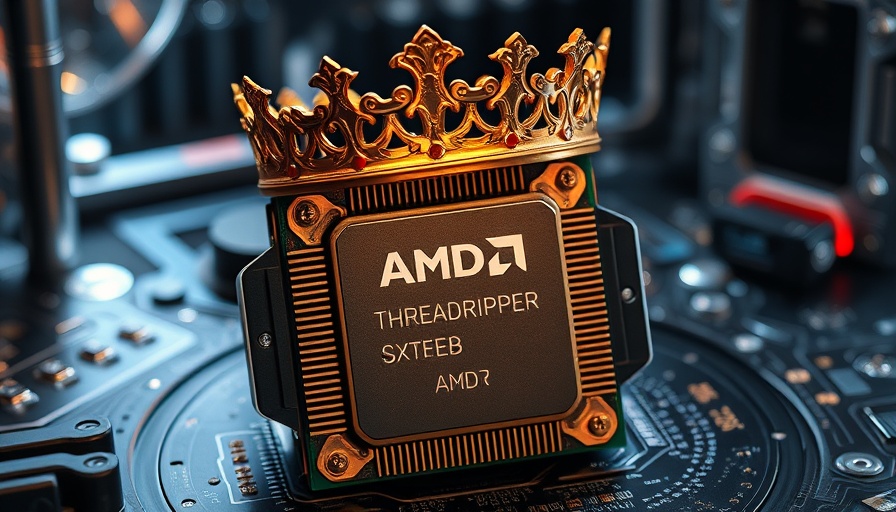
The Midnight Hammer Strikes: Understanding the Impact
In the early hours of a tense Sunday morning, the United States launched an operation dubbed "Midnight Hammer," focusing its assault on three critical Iranian nuclear facilities: Fordow, Natanz, and Isfahan. With the immediate aftermath seen through satellite imagery, the extent of the strike raises critical questions about the effectiveness of modern warfare and its implications on global relations. While President Trump declared Fordow 'gone' on social media, more measured assessments reveal a more complex reality where significant nuances persist.
How Smart Bombs Work: The Technology Behind the Attack
The attack on Fordow featured the deployment of GBU-57 Massive Ordnance Penetrators, some of the most advanced weaponry in the U.S. arsenal. These massive, 30,000-pound “bunker-buster” bombs are engineered to penetrate deep underground—up to 200 feet—before exploding, making them particularly devastating against fortified installations. The premiere effectiveness of these bombs is a testament to technological advancements in military strategy, and yet it challenges conventional wisdom regarding ethical warfare. With Fordow situated approximately 260 feet underground, the operational effectiveness of such an assault remains a topic for debate among military officials.
Deciphering Satellite Images: What They Tell Us
Precise satellite imagery serves as a crucial tool in this military analysis. The captured images showed at least six impact craters indicating where the ordnance struck. However, the pictures cannot convey the entire story; they fall short of definitively revealing what lies beneath the surface. Jeffrey Lewis, the director of the East Asia Nonproliferation Program, emphasized the importance of crater locations, suggesting that they targeted likely ventilation shafts rather than access points. This distinction matters greatly, as it suggests a strategic approach that prioritizes disabling the site’s infrastructure over outright destruction.
The Broader Implications of the Bombing Campaign
The attacks on Iranian nuclear sites illustrate the balancing act international powers must consider when confronting geopolitical tensions. The airstrikes come as concerns over Iran's nuclear capabilities escalate, especially amidst ongoing sanctions and diplomatic breakdowns. The complex geopolitical landscape suggests a renewed urgency for creative diplomatic solutions, especially with the potential escalation of hostilities should such bombing campaigns continue without dialogue.
Future Trends in Military Technology
As the implications of the Fordow attack unfold, one cannot help but wonder about the trajectory of military technology in handling international conflicts. Enhanced precision weaponry raises ethical questions—is the ability to target specific structures and minimize collateral damage changing our moral responsibilities? Furthermore, the focus on advanced drone operations and artificial intelligence in warfare indicates a shift toward automation and machine learning, suggesting that the nature of conflict could soon be governed more by algorithms than by human instincts.
Conclusion: Moving Forward with Caution
The U.S. bombing of Iran's nuclear sites has sparked vital discussions surrounding the intersection of technology, military ethics, and international relations. As technology advances and global tensions mount, it becomes increasingly crucial for policymakers to consider both strategic outcomes and broader humanitarian consequences. The lessons from Fordow reach far beyond the immediate conflict, serving as a grim reminder of the stakes at play in today’s complex world.
 Add Row
Add Row  Add
Add 




Write A Comment